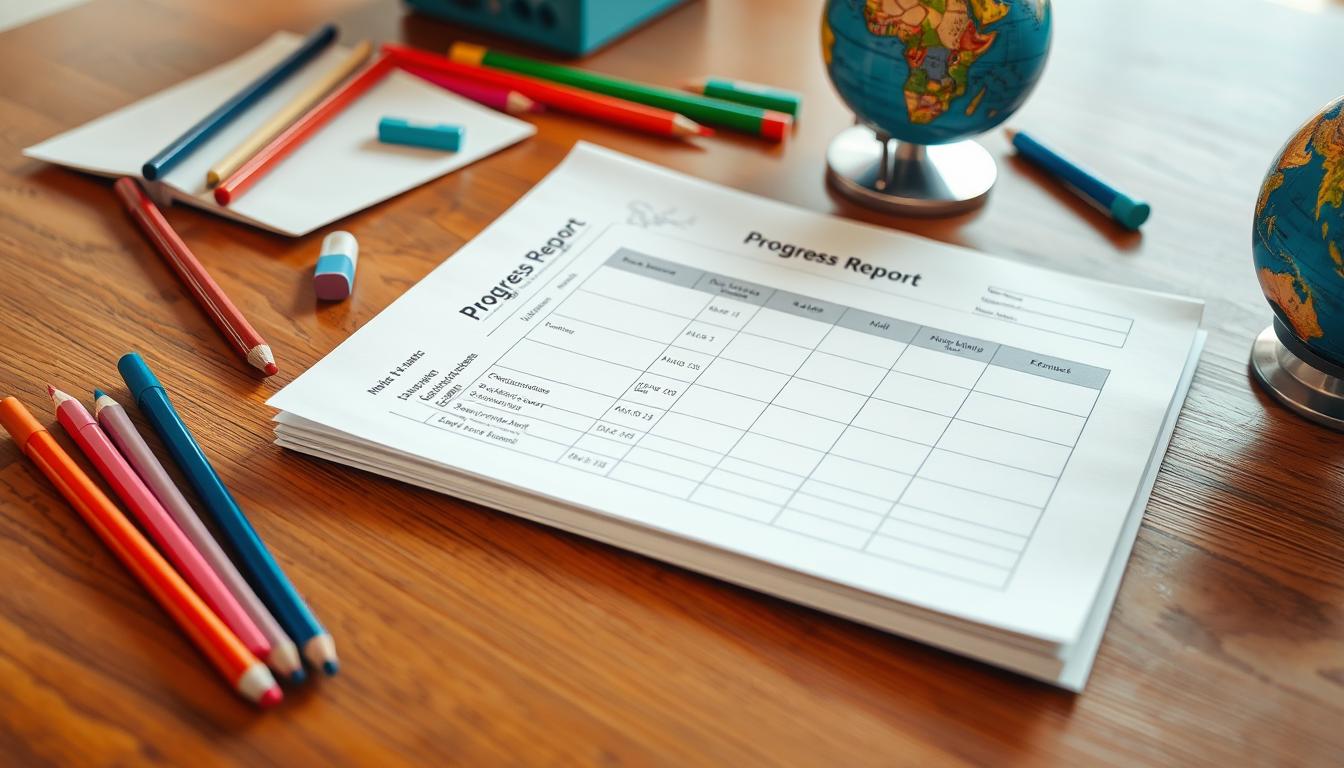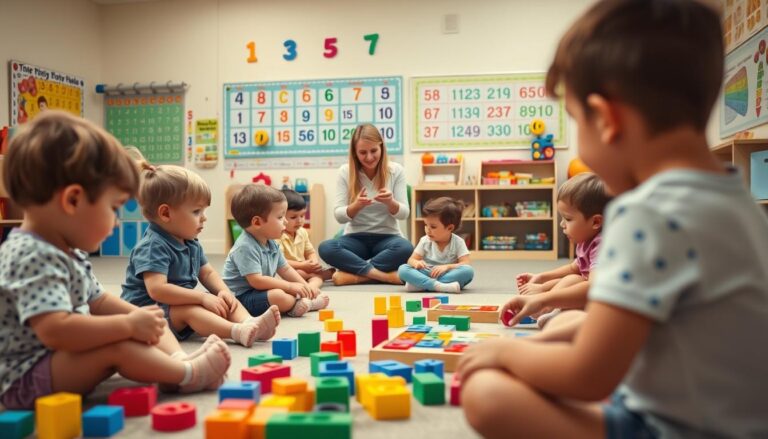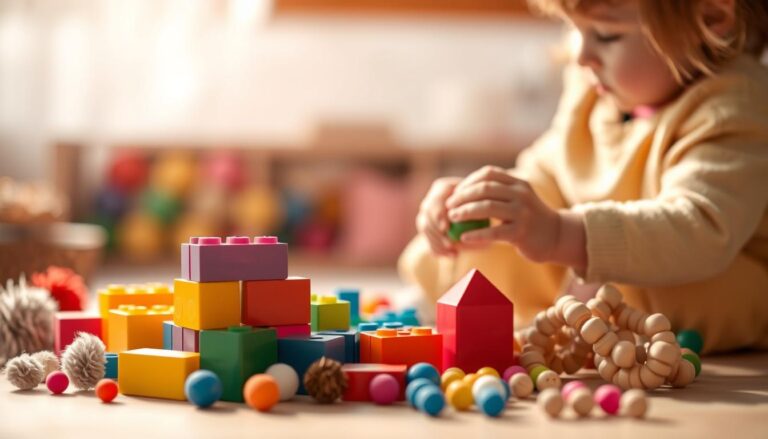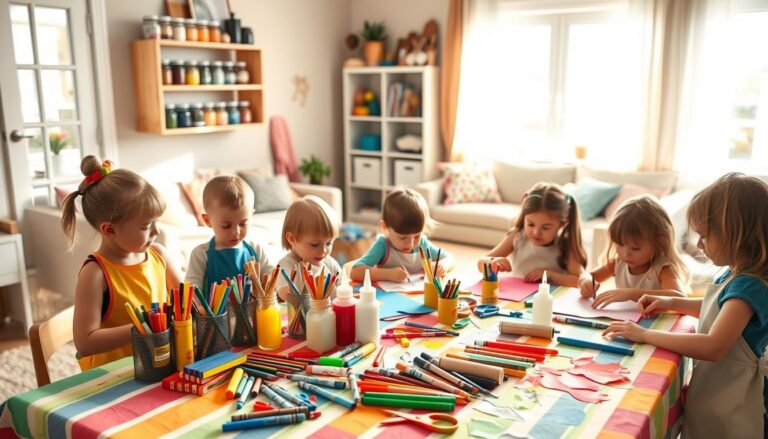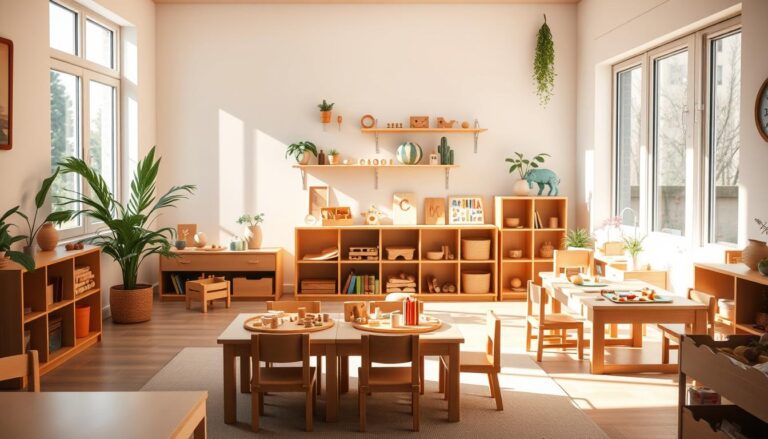Assessment Methods for Home Pre-School Learning
Have you ever wondered how to effectively measure your child’s growth while learning at home? Understanding their development doesn’t have to be complicated. With the right methods, you can celebrate their achievements and identify areas for improvement in a supportive way.
We believe that combining natural learning with consistent observations is key. This approach helps capture each child’s unique abilities, from counting to motor skills and independence. Our reporting method focuses on progress over perfection, ensuring young learners feel encouraged rather than intimidated.
Every report is a reflection of your child’s ongoing development, presented in an easy-to-use template. This helps both parents and educators stay informed in a clear, organized way.
Understanding the Importance of Home Pre-School Assessment Methods
Assessing your child’s growth at home is more than just monitoring milestones. It’s about understanding their unique abilities and creating a supportive environment for their development. With the right methods, you can celebrate their achievements and identify areas where they may need extra help.
Recognizing Unique Child Development
Every child grows at their own pace, and their development is shaped by individual traits. Observing these traits helps us understand their strengths and areas for growth. For example, some children excel in language skills, while others show remarkable physical abilities. Recognizing these differences allows us to tailor learning experiences to their needs.
The Role of Observational Learning
Observational learning is a natural way to assess a child’s progress. By watching them during everyday activities, we can document their achievements without formal testing. This method ensures that children feel comfortable and engaged, making it easier to identify their skills and interests.
Here’s a summary of key areas to observe in child development:
| Area | What to Observe |
|---|---|
| Social Skills | Interactions with peers and family members. |
| Emotional Growth | Ability to express feelings and manage emotions. |
| Cognitive Abilities | Problem-solving and critical thinking skills. |
| Physical Milestones | Fine and gross motor skills development. |
Through clear reporting, educators and families can collaborate to support each child’s progress. This approach ensures that observations translate into actionable insights, helping every child thrive in their learning journey.
How We Track Preschool Progress at Home
What’s the best way to observe your child’s growth in a home learning environment? At the heart of our approach is real-time observation. This method allows us to capture genuine moments of learning and development without disrupting their natural flow.
Techniques for Real-Time Observation
We focus on documenting milestones as they happen. This ensures that every achievement, from problem-solving to social interactions, is recorded accurately. By using digital tools like HiMama, we simplify the process of creating detailed progress reports.
Here’s how real-time observation benefits both families and educators:
- It provides immediate insights into a child’s abilities and areas for growth.
- It reduces the stress of last-minute report preparation.
- It allows children to learn in a natural, play-based environment.
Every observation contributes to a clearer picture of a child’s development. This method also fosters collaboration between families and educators, ensuring that everyone is aligned in supporting the child’s learning journey. For more on this, explore our interactive online learning approach.
Key Areas of Child Development to Observe
Understanding your child’s growth involves focusing on key areas of development. These areas provide a comprehensive view of their abilities and help create a supportive learning environment. By observing these aspects, we can celebrate their achievements and identify areas for improvement.
Social and Emotional Growth
Social and emotional development is crucial for building relationships and managing emotions. We observe how children interact with peers and family members. This includes their ability to share, resolve conflicts, and express feelings. Positive interactions indicate healthy emotional growth.
Cognitive and Problem-Solving Abilities
Cognitive development focuses on problem-solving, memory, and critical thinking. We look for skills like sorting shapes, following instructions, and understanding cause and effect. These abilities show how children process information and approach challenges.
Physical, Fine Motor, and Gross Motor Skills
Physical development includes both fine and gross motor skills. Fine motor skills involve tasks like holding a pencil or using utensils. Gross motor skills include running, jumping, and climbing. Observing these skills helps us understand their physical coordination and strength.
Language and Literacy Milestones
Language and literacy are fundamental for communication and learning. We track milestones like babbling, forming words, and constructing sentences. These observations highlight their ability to express ideas and engage with others.
Here’s a summary of the key areas to observe in child development:
| Area | What to Observe |
|---|---|
| Social and Emotional | Interactions, conflict resolution, emotional expression. |
| Cognitive | Problem-solving, memory, attention span. |
| Physical | Fine motor tasks, gross motor activities. |
| Language and Literacy | Vocabulary, sentence construction, storytelling. |
By focusing on these areas, we create a balanced report that reflects each child’s holistic development. This approach ensures that every milestone is celebrated and supported.
Utilizing Digital Tools and EYFS Templates for Effective Reporting
How can modern tools simplify the way we document a child’s learning journey? The shift from traditional methods to digital platforms has revolutionized how we track and report early development. These tools not only save time but also provide a clearer picture of a child’s growth.
Benefits of Digital Reporting Platforms
Digital reporting platforms offer numerous advantages for educators and families. They provide real-time updates, ensuring that every milestone is recorded accurately. This eliminates the need for last-minute paperwork and allows for more timely observations.
Here are some key benefits of using digital tools:
- Automated notifications for developmental milestones.
- Reduced paperwork, enabling more focus on child learning.
- Accessible records for both educators and parents.
Understanding EYFS Tracking Software
EYFS templates are designed to simplify the documentation process. They provide clear benchmarks for each monitored area, from social skills to language literacy. These templates ensure consistency and comprehensiveness in reporting.
Our digital system includes integrated EYFS tracking, making it easier to mark developmental milestones. This not only enhances communication between educators and families but also serves as a valuable resource for continuous improvement.
Strategies for Creating Engaging and Accurate Progress Reports
What strategies can make progress reports both engaging and accurate? Crafting reports that reflect a child’s growth requires a balance of clarity, detail, and collaboration. By focusing on these elements, we ensure that families and educators stay informed and aligned in supporting each child’s learning journey.
Developing a Consistent Reporting Schedule
Consistency is key when documenting a child’s development. A regular reporting schedule ensures that observations are timely and comprehensive. This approach helps capture milestones as they happen, providing a clear picture of progress over time.
Here are some best practices for maintaining a consistent schedule:
- Set specific dates for report submissions to avoid last-minute rushes.
- Use digital tools to streamline data collection and reporting.
- Focus on key areas like social skills, cognitive abilities, and fine motor skills.
Tips for Collaborative Parent-Teacher Communication
Effective communication between parents and educators is essential for accurate reporting. By sharing observations and insights, both parties can better understand a child’s strengths and areas for improvement.
Here are some strategies to enhance collaboration:
- Schedule regular check-ins to discuss progress and concerns.
- Use clear, simple language in reports to ensure understanding.
- Encourage parents to share observations from home for a holistic view.
By integrating these strategies, we create reports that are not only accurate but also meaningful. For more on how technology supports this process, explore our approach to personalized learning through technology.
Conclusion
Ensuring your child’s readiness for formal education starts with effective assessment methods. By combining real-time observation, digital tools, and structured templates, we create a clear picture of their growth. This approach highlights key milestones while addressing areas for improvement.
Collaboration between parents and educators is essential. Regular communication ensures that every child’s unique abilities are supported. Together, we foster an environment where learning thrives and skills develop naturally.
Our methods not only document progress but also prepare children for the next steps in their educational journey. By focusing on their development, we ensure they are equipped with the confidence and skills needed for success.

